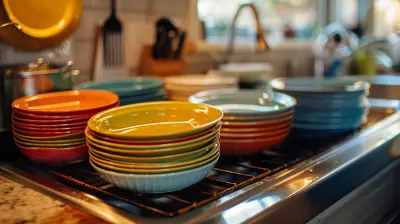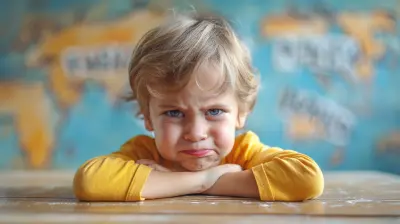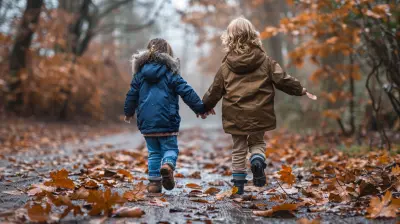From Blocks to Brains: How Building Toys Stimulate Learning
2 September 2025
Childhood is a time of exploration, curiosity, and endless possibilities. One of the simplest yet most powerful tools for learning? Building toys. From wooden blocks to intricate Lego sets, these hands-on playthings do more than entertain—they help shape young minds in ways we often overlook.
If you've ever watched a child stack blocks, create a towering structure, and then gleefully knock it down, you've witnessed a small but meaningful learning moment. But how exactly do these toys contribute to cognitive, social, and emotional growth? Let’s break it down.
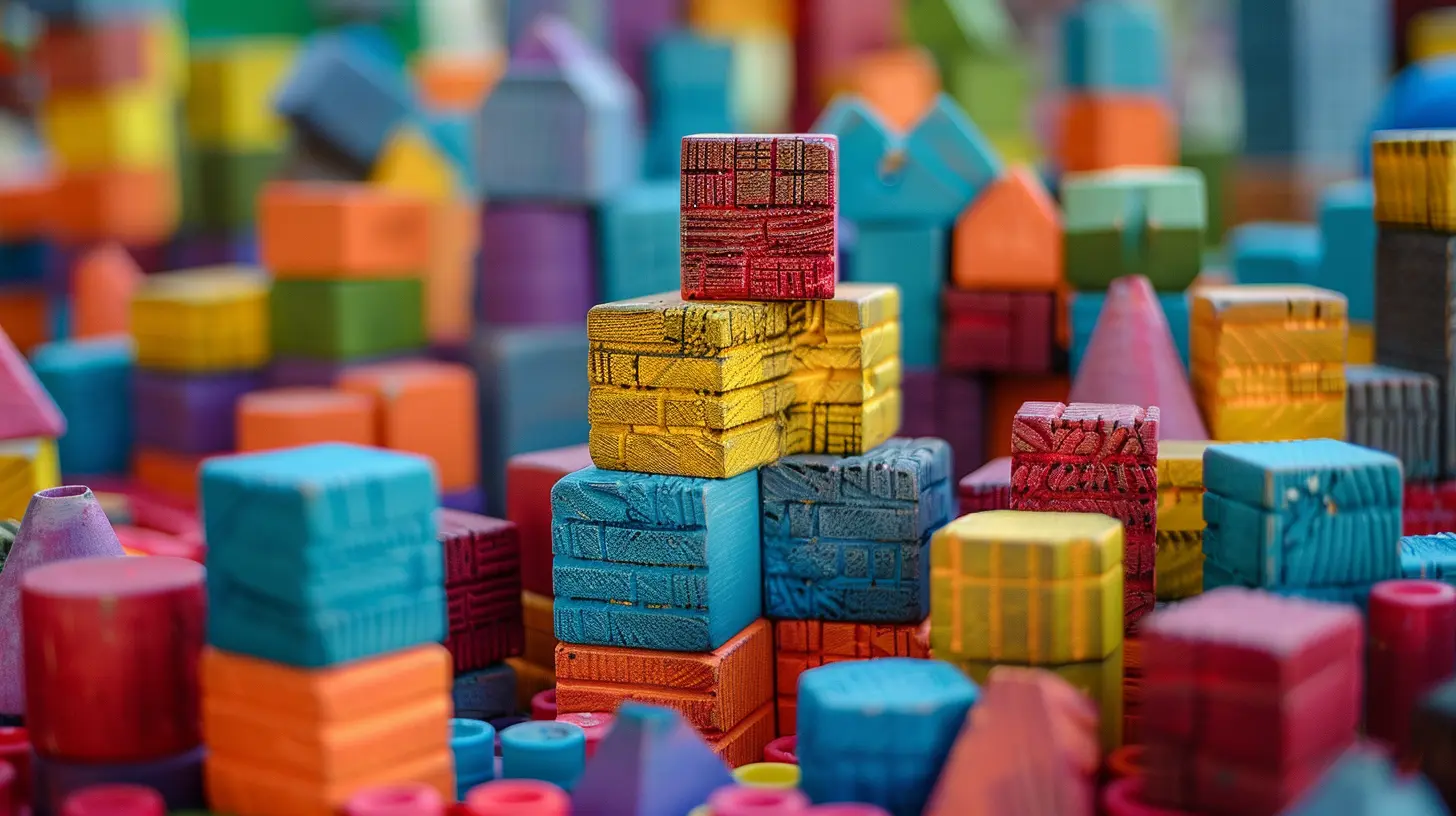
The Science Behind Building Toys and Brain Development
Children don’t just build towers and bridges for fun—they’re wiring their brains in the process. When kids engage with building toys, they activate multiple areas of the brain simultaneously.- Cognitive Development: Spatial awareness, problem-solving, and logical thinking all come into play.
- Fine Motor Skills: Picking up small pieces, stacking, and fitting blocks together refine hand-eye coordination.
- Creativity and Imagination: Open-ended play allows kids to dream up endless possibilities.
These toys aren't just playthings; they're development boosters wrapped in fun.
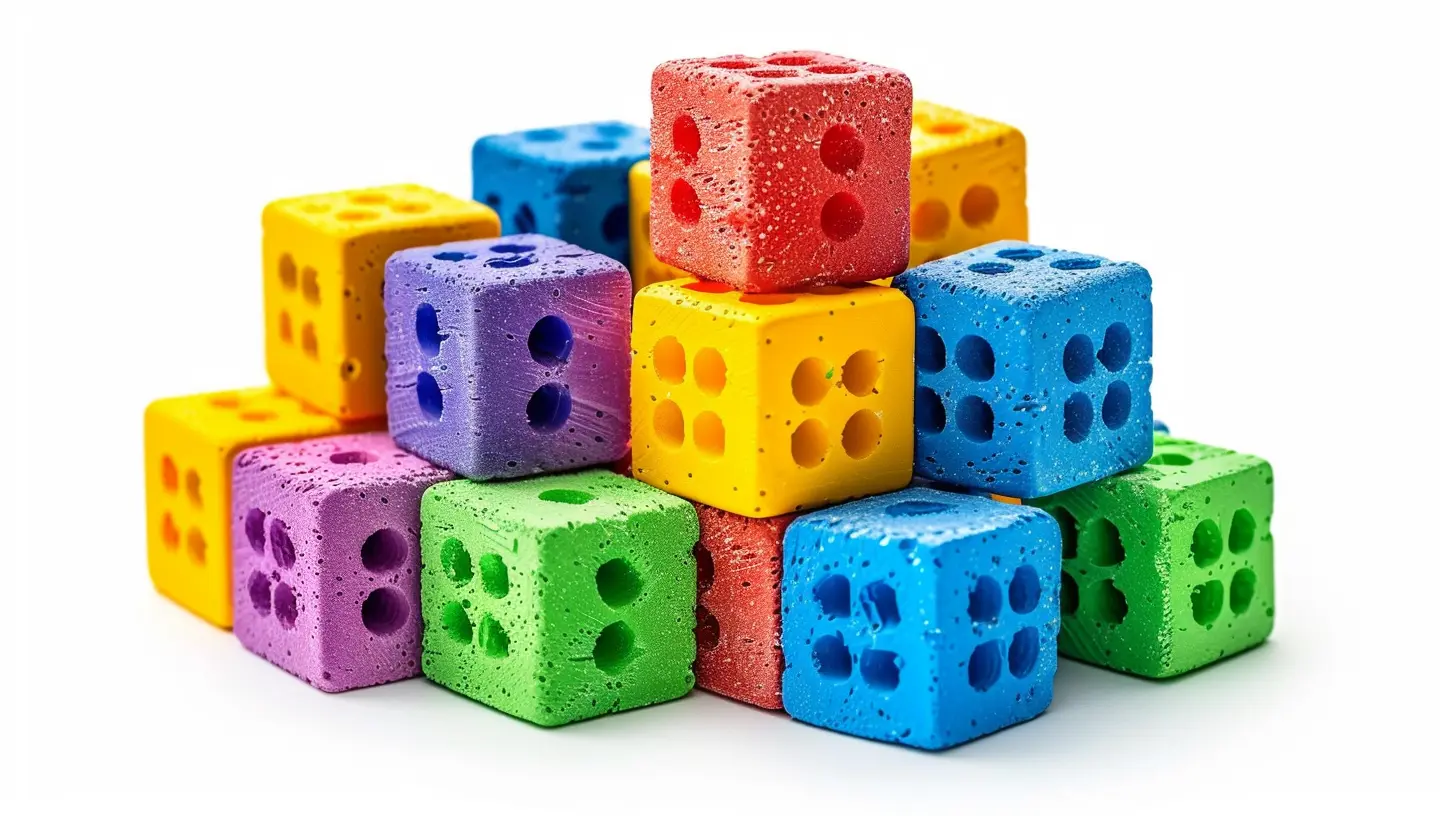
Cognitive Skills: More Than Just Stacking Blocks
Ever heard of spatial intelligence? It’s the ability to understand and manipulate shapes and spaces—something we use in everything from packing a suitcase to driving a car. Building toys help develop this crucial skill early on.When kids arrange blocks, they’re problem-solving in real-time. They figure out balance, stability, and symmetry—even without realizing it. And when their tower crashes down? That’s just failure in its friendliest form, teaching resilience and persistence.
Early Math and Engineering Concepts
Without any formal teaching, building toys introduce basic math and engineering principles:- Patterns and symmetry: Arranging pieces in a logical order builds early mathematical awareness.
- Basic geometry: Understanding shapes, sizes, and spatial orientation.
- Cause and effect: “What happens if I stack this here?” leads to mini science experiments in real life.
Enhancing Memory and Concentration
Ever noticed how focused kids get when working on a Lego set? They’re practicing attention to detail, patience, and even memory recall as they follow instructions or replicate a design from their imagination.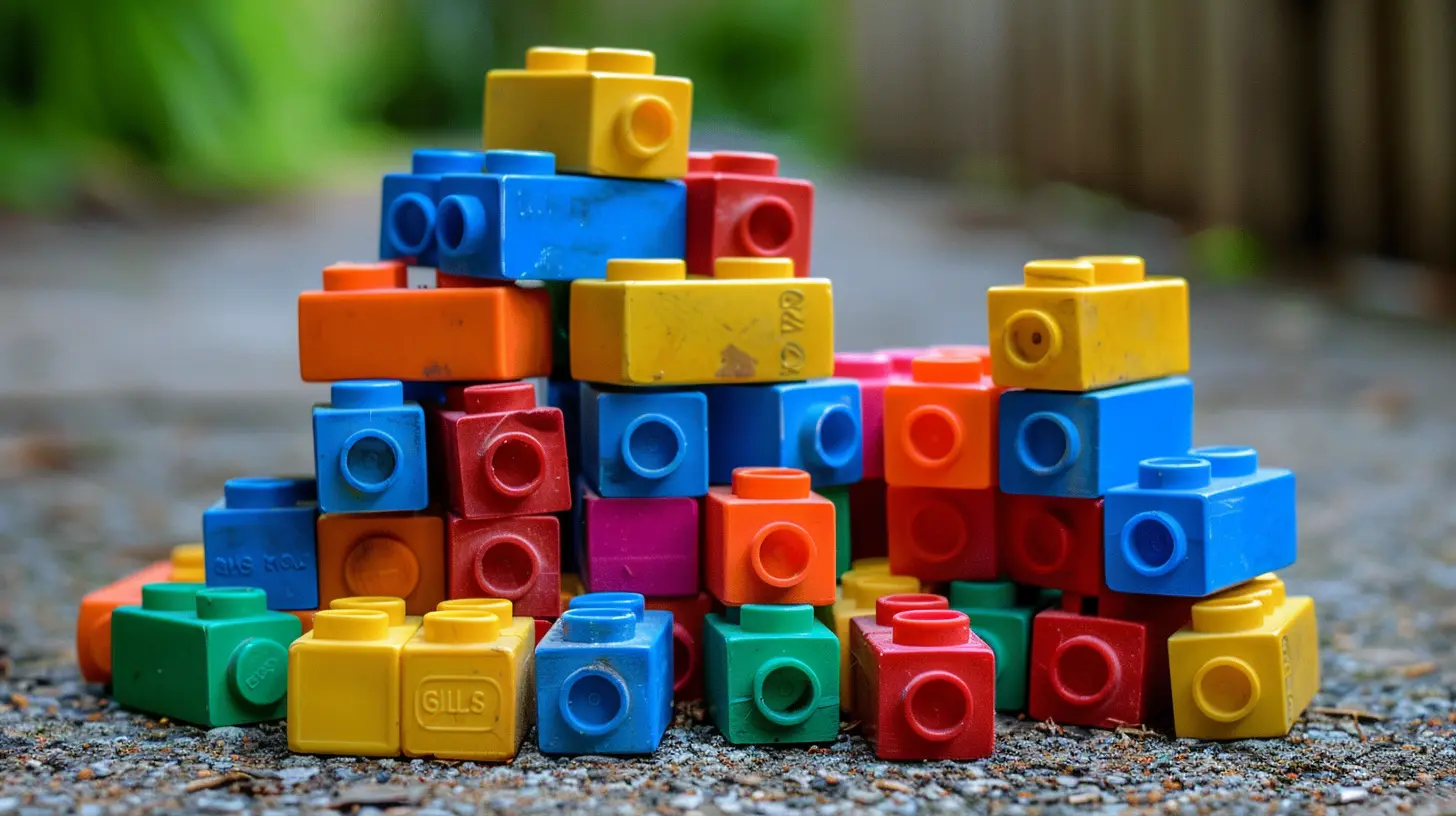
Social and Emotional Growth Through Play
Building toys aren’t just a solo activity—they can also be a great way to encourage teamwork and collaboration. Whether it's siblings working together or friends combining their creations, these interactions foster important life skills.Teamwork and Communication
When children build together, they negotiate, share ideas, and solve conflicts. They learn to express their thoughts clearly (“Let’s put this here!”) and listen to others’ suggestions. Practicing these skills early makes social interactions smoother later in life.Confidence and Independence
There’s a sense of accomplishment in creating something from scratch. Successfully building a structure boosts confidence and encourages independent problem-solving. Kids learn they are capable, which fosters a growth mindset—believing they can improve with effort.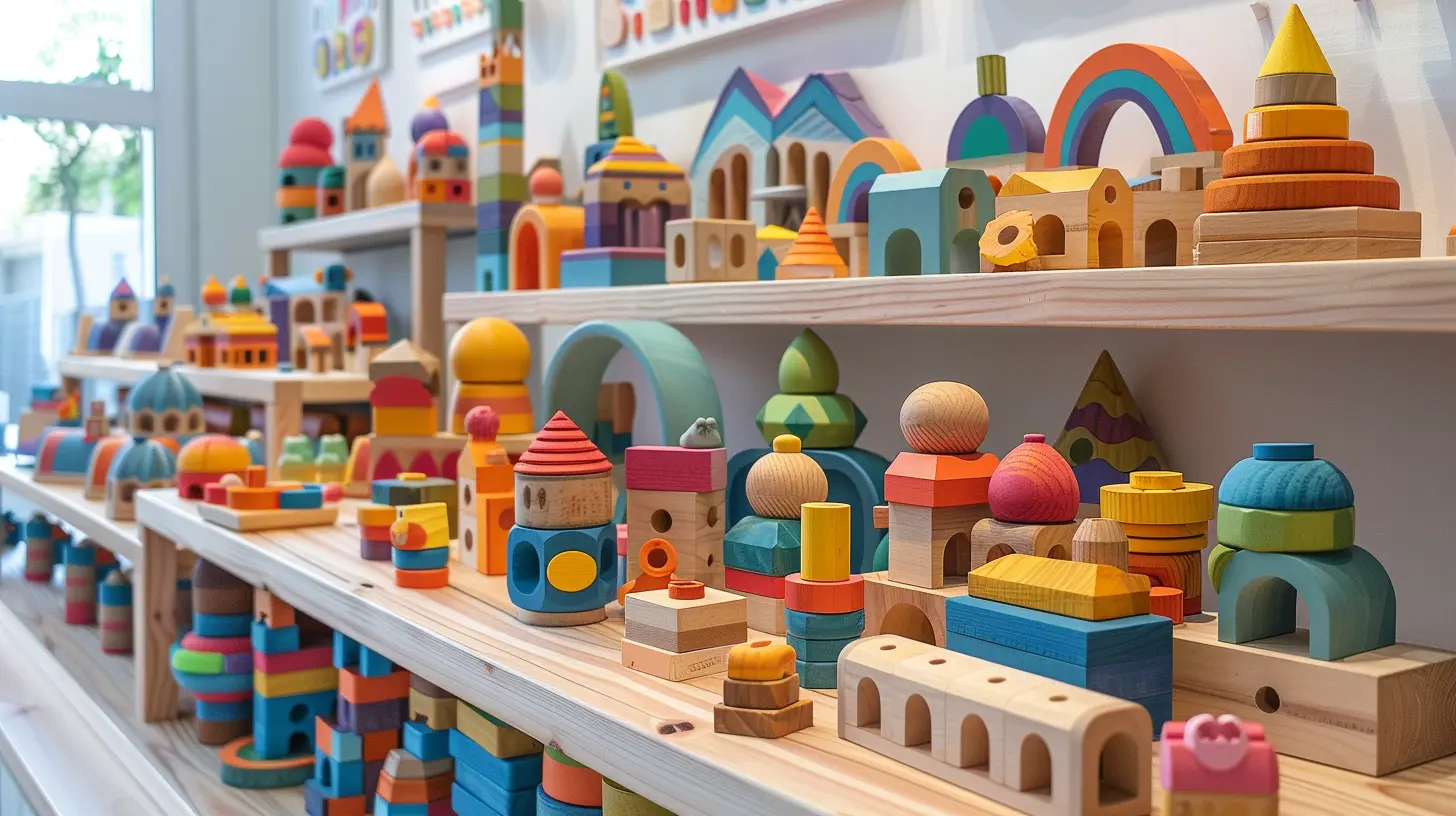
Different Types of Building Toys and Their Benefits
Not all building toys are created equal. Each type offers unique benefits:1. Classic Wooden Blocks
The OG of building toys. Simple yet effective, wooden blocks develop fine motor skills and introduce basic physics (balance and weight).2. LEGO and Interlocking Bricks
Arguably the most famous building toy, Lego encourages intricate problem-solving and creativity. Following instructions enhances focus, while free play sparks innovation.3. Magnetic Tiles
These colorful, easy-to-use tiles teach magnetism, geometry, and structural stability. Perfect for younger kids still developing dexterity.4. Tinkertoys and K’NEX
Ideal for budding engineers, these sets introduce more complex structures with rods and connectors, teaching kids about mechanical movement and design principles.5. STEM-Focused Building Kits
Many modern kits integrate technology, coding, or robotics, blending hands-on play with real-world science and engineering concepts.Encouraging Learning Through Play
If you want to maximize the benefits of building toys, here are some simple tips:- Let them take the lead. Resist the urge to direct play. Let kids explore their own ideas.
- Ask open-ended questions. “What do you think will happen if you add another block?” encourages critical thinking.
- Introduce challenges. Suggest a goal—build the tallest tower, create a bridge, or design a house.
- Mix different types of building toys. Combining LEGO with magnetic tiles or wooden blocks sparks creativity.
- Join in! Play alongside them and model problem-solving and teamwork.
The Lifelong Impact of Building Toys
While it may seem like simple play, the effects of building toys last far beyond childhood. The creativity, problem-solving skills, and persistence learned through stacking blocks or assembling a structure translate into real-world abilities.Think about it—many architects, engineers, and designers likely started their journey with building toys. Even for kids who don’t pursue these fields, the cognitive flexibility and spatial reasoning they develop are valuable in countless careers.
So next time you step on a Lego (ouch!), take a moment to appreciate its hidden power. That tiny brick is shaping a future thinker, creator, or problem-solver—one block at a time.
all images in this post were generated using AI tools
Category:
Playtime IdeasAuthor:

Karen Hurst
Discussion
rate this article
1 comments
Sari Kelly
Loved this article! It’s amazing how something as simple as building blocks can spark creativity and critical thinking in our kids. Can’t wait to try these tips with my little ones!
September 7, 2025 at 3:46 PM

Karen Hurst
Thank you so much! I’m glad you enjoyed it and hope your little ones have a blast with the tips!
